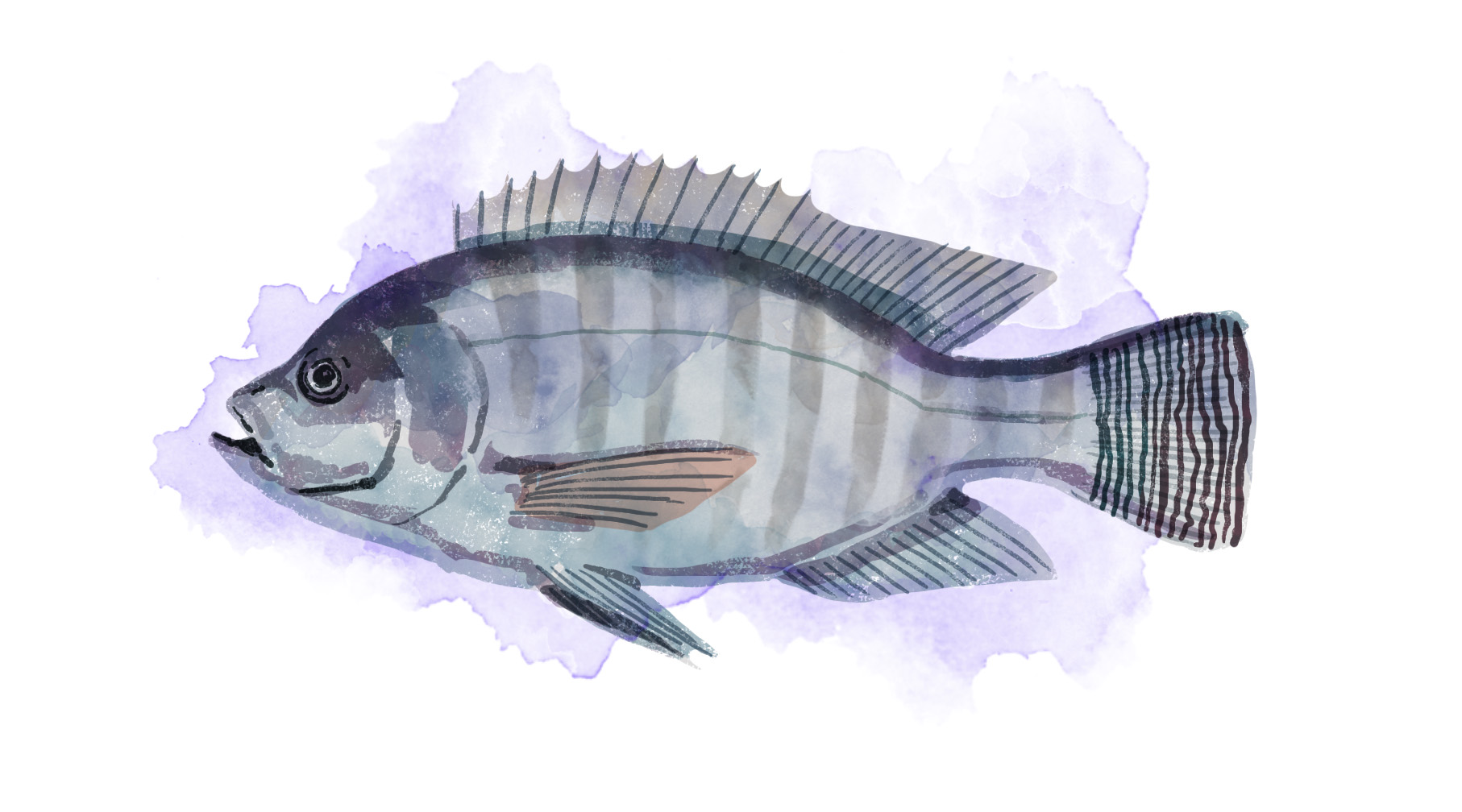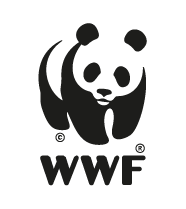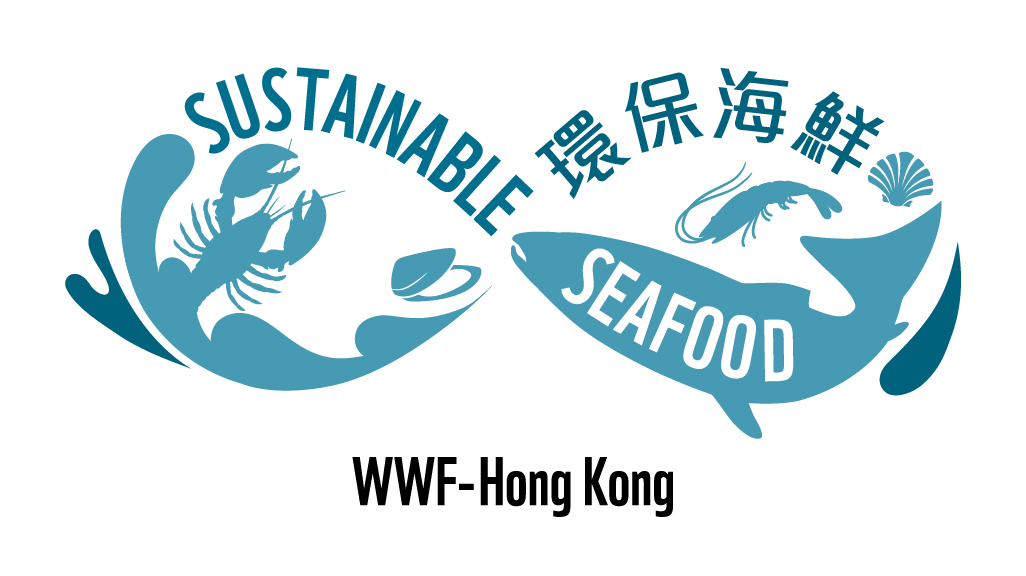
Hatchery-based
This species mainly uses agricultural by-product, and in some extension, pelleted feed. The species is an omnivorous fish with relatively low protein requirement. The feed has minimal amounts of fishmeal and fish oils, with a low fish-in-fish-out ratio, meaning that low volumes of fish are used to produce one kilogram of tilapia. The ingredient composition cannot be traced.
The fishpond farms are located in the largest wetlands remaining in Hong Kong and the environment can be negatively impacted by water discharge, such as nearby water streams and land alterations in areas of high habitat value. The invasive species affects native-species and aquatic ecosystems. The species does not have any reports of disease outbreaks and there is a lack of information about the risk of disease/parasite transfer to wild species. There is no reference to chemical use in fishpond polyculture.
Hong Kong lacks specific measures for fishpond polyculture management. Mariculture in Hong Kong was developed with little planning and regulation, so more effective and specific laws are needed. Data availability is partially limited and lacks monitoring and transparency. Overall management is partly effective.

